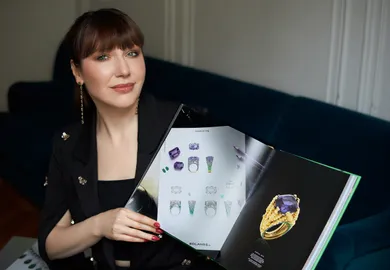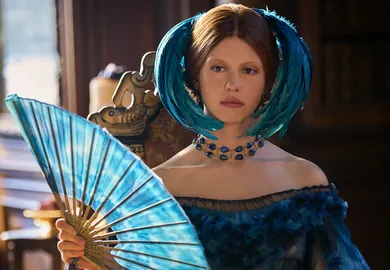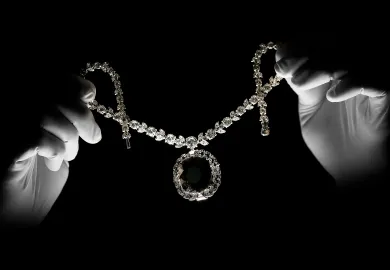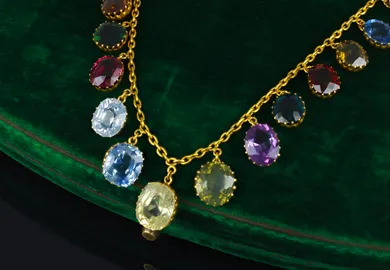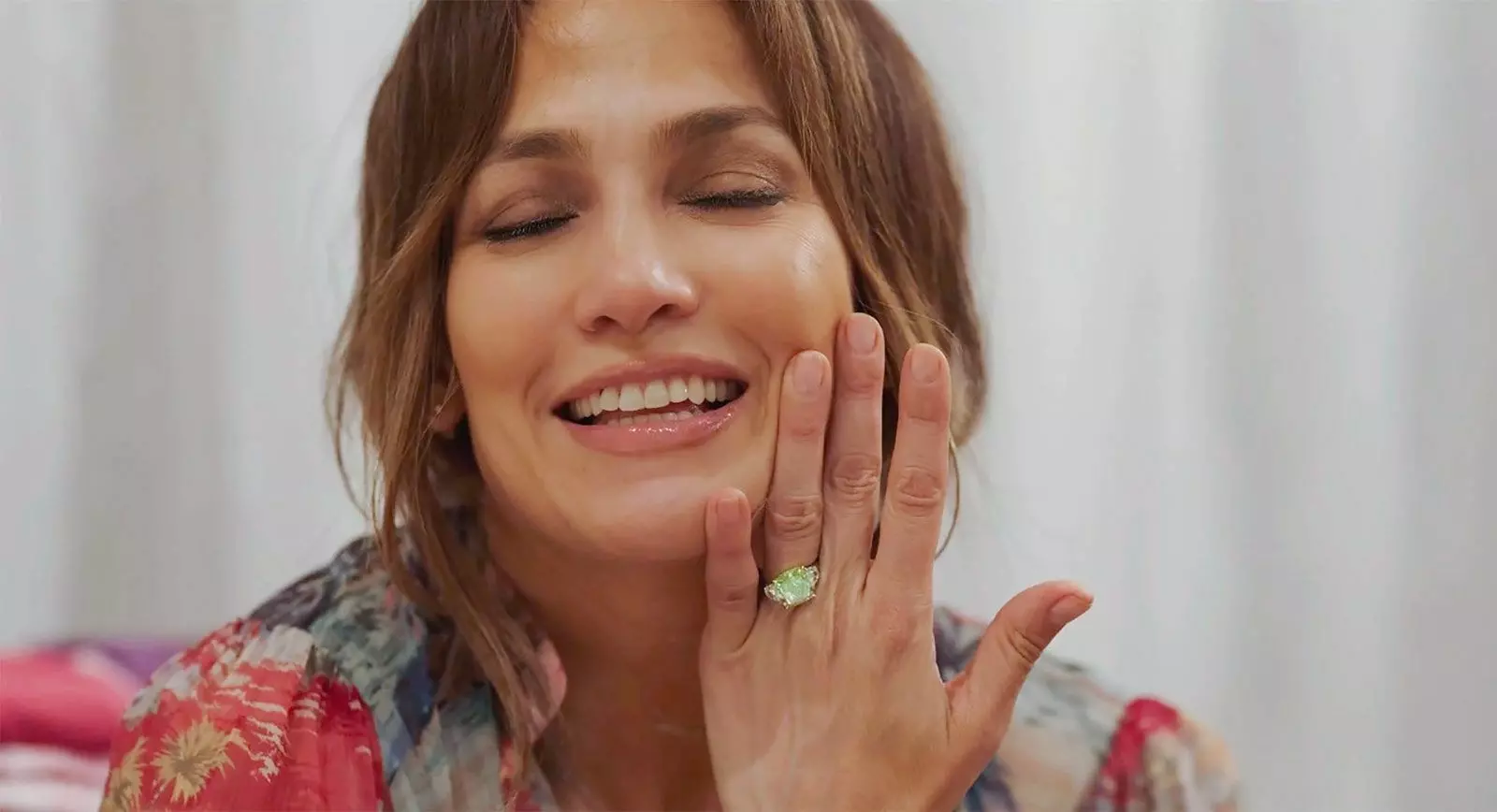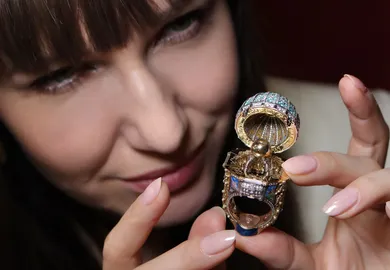

High Jewellery vs. Fine Jewellery: What’s the Difference?
It’s a question I get asked all the time: what’s the difference between fine jewellery and high jewellery? Where does one stop and the other begin? And what are the fundamental qualities that make a piece of jewellery ‘high’ and not ‘fine’? Frustratingly, the answers are different depending on who you ask. So here, I’d like to discuss this subject and share my opinion as well as some thoughts from my fellow jewellery editors about this ongoing debate…
Recently, I received a press release from a brand about its latest high jewellery collection. Of course, this isn’t new in the world of KaterinaPerez.com, but what caught my attention was the headline… “High Jewellery Collection Using Only Lab-Grown Diamonds”. Immediately, I felt like something didn’t add up for me personally. Instinctively I felt, deep down, that laboratory-grown diamonds cannot be synonymous with high jewellery, at least not for me. Why? The desire to articulate this thoughtfully and objectively is what sparked the idea for this article. Can we explicitly state what high jewellery is versus what fine jewellery is? Is there a cut-and-dry answer, or is it simply open to interpretation? Let’s explore together!
This story is available to Katerina Perez Club members.
Premium Membership
£15/month
Billed monthly. Cancel anytime*
Elite Membership
£13/month
Billed annualy. Cancel any time*
Already have an Account?
